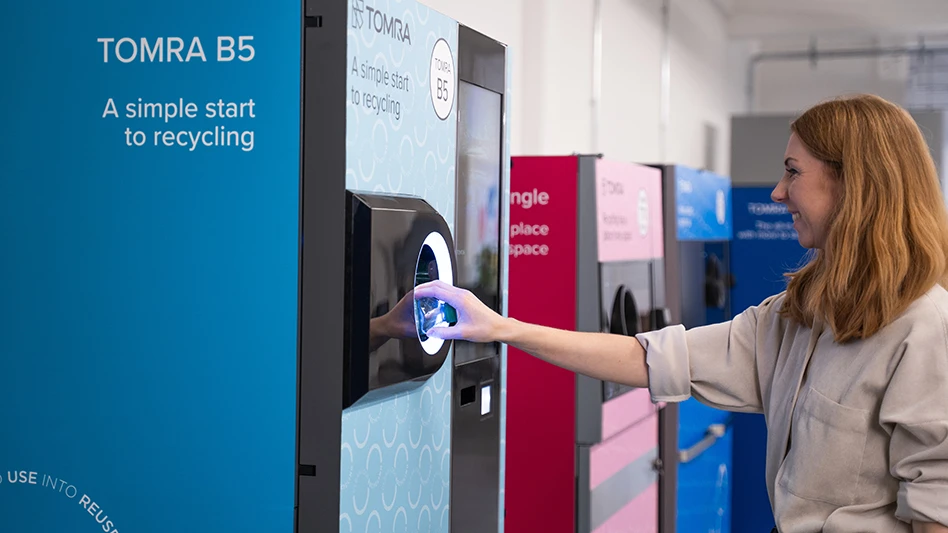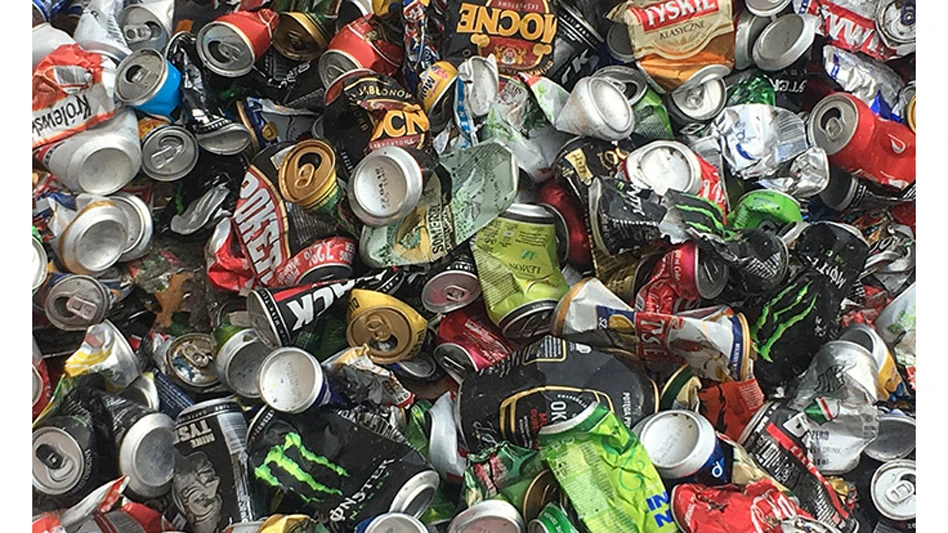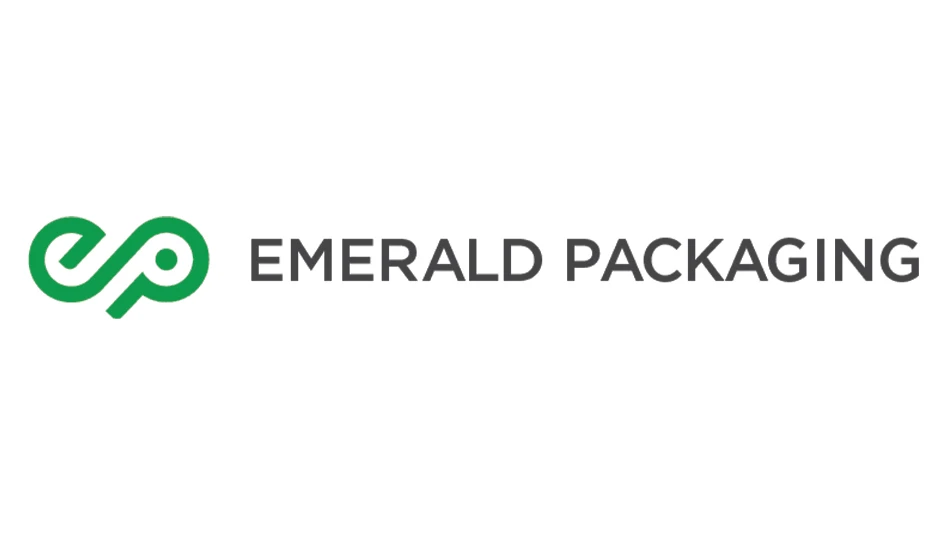
As the world moves toward electric mobility, demand for battery metals is expected to rise.
According to an International Energy Agency (IEA) report titled “Outlook for battery and energy demand,” global battery manufacturing capacity could exceed 9 terawatt-hours by 2030, sufficient to meet projected demand under most scenarios. The report suggests electric vehicle (EV) battery demand could increase 4.5 times by 2030 and almost seven times by 2035 compared with 2023.
Lithium demand for EV batteries and energy storage systems is growing rapidly, the IEA adds.
The France-based organization reports that in 2023, battery demand accounted for 85 percent of total lithium consumption at 140,000 metric tons, a 30 percent increase from 2022. By 2040, the IEA says lithium demand could grow by more than 40 times compared with 2020 levels in scenarios aligned with climate goals. Also by 2040, nickel demand for EVs and battery storage could increase 41 times, reaching 3.3 million tons under sustainable development scenarios.
Meanwhile, annual copper demand from clean energy applications is projected to double compared with 2020, reaching 4.3 million tons by 2030, with EV batteries contributing significantly to this growth, according to a Bloomberg report.
Africa is emerging as a critical player in the global battery metals supply chain, driven by its vast reserves of essential minerals including lithium, cobalt, graphite, manganese and nickel. However, the continent faces challenges in maximizing its role in the supply chain while striving for industrialization and sustainable development.
Abundant resources, limited value addition
Africa holds approximately 30 percent of the world’s proven reserves of critical minerals.
Countries such as the Democratic Republic of Congo (DRC), Zimbabwe, Namibia, Ghana and Mali are rich in lithium resources. Measured and indicated lithium resources in DRC (Kinshasa) total 3 million tons, with Mali at 1.2 million tons, Zimbabwe at 860,000 tons, Namibia at 230,000 tons and Ghana at 200,000 tons, according to a U.S. Geological Survey mineral commodities survey from this year.
Meanwhile, DRC has copper reserves of 80 million tons, 8 percent of the global total, whereas Zambia’s reserves stand at 21 million tons.
Despite these abundant resources, much of Africa’s raw materials are exported without local processing or manufacturing. For example, while Zimbabwe has vast lithium reserves, most of its output is exported as mineral concentrate. This lack of local value addition results in economic benefits being realized outside Africa, according to a report from the British Geological Survey.

Strategic partnerships and regional initiatives
Efforts are underway to elevate Africa’s role in the global battery and minerals supply chain.
Manufacturing Africa, a program of the U.K. government’s Foreign and Commonwealth Development Office, has highlighted investment opportunities in refining locally extracted minerals like lithium, nickel, manganese and copper.
With proper infrastructure and policies, Africa could refine these minerals up to 40 percent more cost-competitively than other regions by 2030. Such initiatives could generate billions in annual revenue and create thousands of jobs.
To move beyond raw material exports, African countries are investing in gigafactories—large-scale facilities for manufacturing lithium-ion batteries. South Africa plans to build a 32-gigawatt-hour facility in the Coega Special Economic Zone in the Eastern Cape province to support EVs and energy storage systems. Similarly, Morocco in the North Africa region is constructing a $6.4 billion gigafactory backed by Chinese company Gotion High-Tech.
These projects are aiming to position Africa as not just a supplier of raw battery materials but also as a producer of key battery components.
Challenges galore
Africa’s battery ambitions face significant obstacles as mining and processing are energy-intensive industries, but many African countries struggle with unreliable power supplies.
In South Africa, frequent blackouts have forced mining companies to invest in renewable energy solutions or rely on diesel generators.
Ensuring ethical sourcing and minimizing environmental impacts are critical for building resilient supply chains. Moreover, China dominates global mineral processing, controlling significant shares of lithium, cobalt, nickel and copper refining capabilities, and African nations must overcome this dependency by developing local processing capabilities.
Chinese stake in African mining projects
Under its Belt and Road Initiative, China has secured mining rights in exchange for building roads and railways. While Chinese firms operate some processing sites in Africa, most raw minerals are exported to China for refining, giving China control over global supply chains for critical minerals as it accounts for 60 percent of worldwide production and 85 percent of processing capacity for these materials.
For instance, China owns 72 percent of the DRC’s active cobalt and copper mines, including major operations such as the Tenke Fungurume Mine. The DRC supplies nearly 70 percent of the world’s cobalt, while significant investments have been made in copper mining and smelting facilities in Zambia.
In Zimbabwe, various reports indicate China is focused on lithium mining projects.

Battery recycling a future need
African countries also are enhancing their battery recycling infrastructure to address the surge in electronic device use.
Several new recycling plants have been announced, particularly in West Africa and South Africa, with three pilot facilities launched or unveiled in August and September of last year. Nigeria also has introduced legislation to regulate battery life cycle management, emphasizing recycling improvements.
Batteries are becoming essential in Africa amid potential growth in EVs and two- and three-wheeler markets.
To aid the industry, many European companies are entering Africa’s recycling market, including Romco Group in the U.K. and Elemental Group in Luxembourg, which are partnering to recycle electronic scrap, batteries, aluminum and copper, focusing initially on West Africa, leveraging Romco’s presence in Nigeria.
Moreover, Hinckley Recycling, a British/Nigerian company, has invested $5 million in a lithium-ion and lead-acid battery recycling facility in Ogun, Nigeria, supported partially by the U.K. government.
Meanwhile, in September 2024, South Africa inaugurated its first lithium-ion battery recycling facility through Cwenga Lib in Johannesburg using hydrometallurgy to process end-of-life batteries into materials like lithium, manganese, nickel and cobalt salts.
Additionally, new legislation in Nigeria governs each stage of a battery’s life cycle—from production to disposal—hoping to enhance collection, transportation, storage and recycling.
These measures align with the broader effort to address growing environmental concerns linked to e-scrap.

Explore the Spring 2025 Scrap Recycling Issue
Check out more from this issue and find your next story to read.
Latest from Recycling Today
- ReMA urges open intra-North American scrap trade
- Axium awarded by regional organization
- China to introduce steel export quotas
- Thyssenkrupp idles capacity in Europe
- Phoenix Technologies closes Ohio rPET facility
- EPA selects 2 governments in Pennsylvania to receive recycling, waste grants
- NWRA Florida Chapter announces 2025 Legislative Champion Awards
- Goldman Sachs Research: Copper prices to decline in 2026





